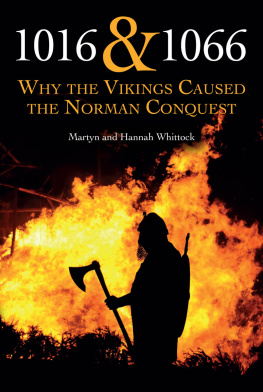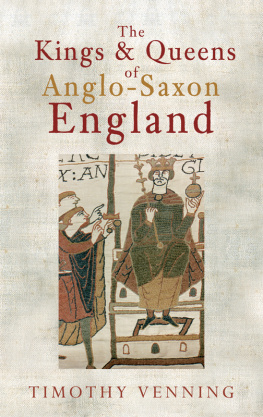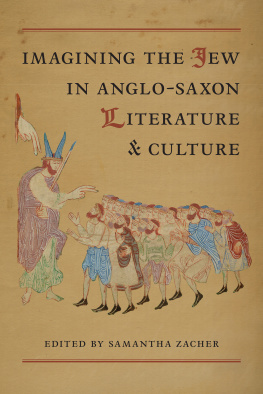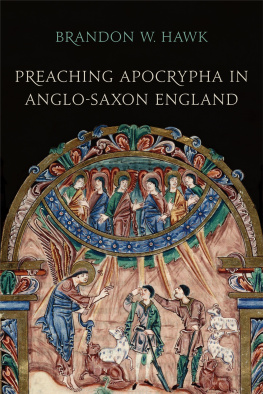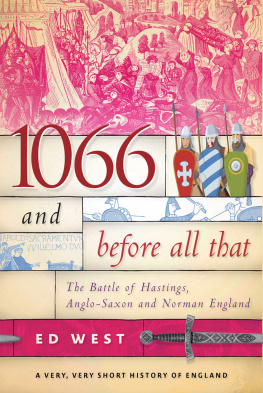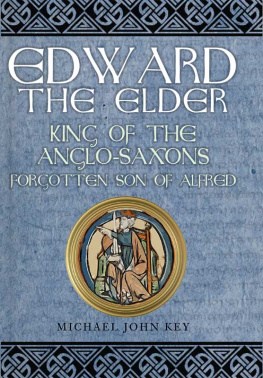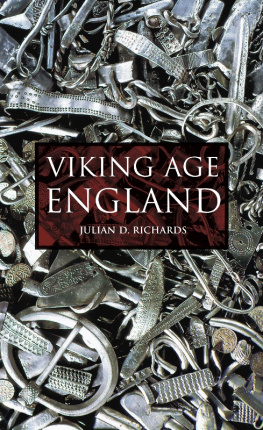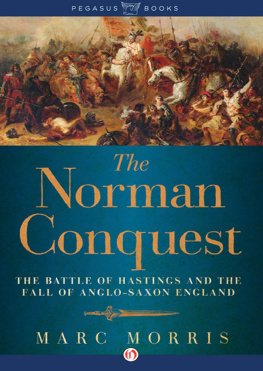THE OXFORD HISTORY
OF ENGLAND
Edited by SIR GEORGE CLARK
THE OXFORD HISTORY OF ENGLAND
Edited by Sir George Clark
IA. ROMAN BRITAIN
By Peter Salway, 1981
IB. THE ENGLISH SETTLEMENTS
By J. N. L. Myres, 1985
II. ANGLO-SAXON ENGLAND, c.550-1087
By Sir Frank Stenton. Third edition, 1971
III. FROM DOMESDAY BOOK TO MAGNA CARTA. 1087-1216
By Austin L. Poole. Second edition, 1955
IV. THE THIRTEENTH CENTURY. 1216-1307
By Sir Maurice Powicke. Second edition, 1962
V. THE FOURTEENTH CENTURY. 1307-1399
By May McKisack, 1959
VI. THE FIFTEENTH CENTURY. 1399-1485
By E. F. Jacob, 1961
VII. THE EARLIER TUDORS. 1485-1558
By J. D. Mackie, 1952
VIII. THE REIGN OF ELIZABETH. 1558-1603
By J. B. Black. Second edition, 1959
IX. THE EARLY STUARTS. 1603-1660
By Godfrey Davies. Second edition, 1959
X. THE LATER STUARTS. 1660-1714
By Sir George Clark. Second edition, 1956
XI. THE WHIG SUPREMACY. 1714-1760
By Basil Williams. Second edition revised by C. H. Stuart, 1962
XII. THE REIGN OF GEORGE III. 1760-1815
By J. Steven Watson, 1960
XIII. THE AGE OF REFORM. 1815-1870
By Sir Llewellyn Woodward. Second edition, 1962
XIV. ENGLAND. 1870-1914
By Sir Robert Ensor, 1936
XV. ENGLISH HISTORY. 1914-1945
By A. J. P. Taylor, 1965
ANGLO-SAXON
ENGLAND
BY
F. M. STENTON
THIRD EDITION

This book has been printed digitally and produced in a standard specification in order to ensure its continuing availability

Great Clarendon Street, Oxford 0X2 6DP
Oxford University Press is a department of the University of Oxford. It furthers the Universitys objective of excellence in research, scholarship, and education by publishing world-wide in
Oxford New York
Auckland Bangkok Buenos Aires Cape Town Chennai Dar es Salaam Delhi Hong Kong Istanbul Karachi Kolkata Kuala Lumpur Madrid Melbourne Mexico City Mumbai Nairobi So Paulo Shanghai Taipei Tokyo Toronto
Oxford is a registered trade mark of Oxford University Press in the UK and in certain other countries
Published in the United States by Oxford University Press Inc., New York
Oxford University Press 1971
The moral rights of the author have been asserted Database right Oxford University Press (maker) Reprinted 2004
All rights reserved. No part of this publication may be reproduced, stored in a retrieval system, or transmitted, in any form or by any means, without the prior permission in writing of Oxford University Press, or as expressly permitted by law, or under terms agreed with the appropriate reprographics rights organization. Enquiries concerning reproduction outside the scope of the above should be sent to the Rights Department, Oxford University Press, at the address above
You must not circulate this book in any other binding or cover And you must impose this same condition on any acquirer
ISBN 978-0-19-821716-9
PREFACE TO THE THIRD EDITION
W HEN my husband died on 15 September 1967 he left this third edition of his book unfinished, although he had been working on it for some years. He had had an interleaved copy of the book bound for him in our university bindery and had made a number of corrections, but had not succeeded in systematically bringing it up to date. He had however, written one long paragraph on Domesday Book to replace the end of the chapter on that subject. He had a notebook which for years was his constant companion, even on holidays, into which he wrote occasional comments and listed books and articles which he wished to include in the Bibliography and noted subjects which he wished to revise. I was distressed to think that his task would have to be left unfinished. But Professor Dorothy Whitelock, who had been a close friend since her youth, offered to go through the notebook and the papers he left behind him to see whether she could, with my help, finish it for him. He had himself come to the conclusion that there was less he wanted to change than he had at first thought. Some things he no longer wished to change: some he felt that the time had not come to change. Of these Sutton Hoo was one. He knew that some at least of what he had written over twenty years ago about coins was out of date, particularly in view of the immense amount of new work on the Anglo-Saxon coinage which has been done under the leadership of Mr. C. E. Blunt and Mr. Michael Dolley. The Sylloge of Coins of the British Isles, produced under the aegis of the British Academy, was a main intellectual interest of my husband in recent years. Anglo-Saxon Coins, edited by Mr. Dolley and presented to my husband on his eightieth birthday, as well as giving him very great pleasure, contained much which should be reflected in Anglo-Saxon England; Mr. Blunts article on the coinage of Offa is a case in point. But the physical effort of making the necessary changes was more than he could face. Both Mr. Blunt and Mr. Dolley were ready to help, but none of us wished to upset the balance of the book. Its author, from the time he took his first degree in 1902, always had the Anglo-Saxons and Anglo-Scandinavians in the background of his mind, even when he might seem to have been engaged on matters far distant from them. This book is the result of a lifetimes work by a scholar who was meticulous in his choice of words. We all agreed with Miss Whitelocks suggestion that where a necessary change could be made by using a phrase or sentence from his own notes, made either for the revision of Anglo-Saxon England or for a lecture on an Anglo-Saxon subject, it should be made, but no change should be made for the sake of change. In some places my husbands words are not altered although numismatists have made suggestions contrary to his statements; for there seems reason to believe that the new views which they express may not be finally accepted. Where he had himself written in a new footnote or altered the wording of a passage, no indication of this is made in the volume, but footnotes or new sentences by other hands are put in square brackets. At first I thought of adding the initials of the writer, but in reading the book through I found it a tiresome distraction. In general those in the Anglo-Saxon period are Miss White-locks. The numismatic alterations of the early part are Mr. Blunts and of the later period Mr. Dolleys. Some of the notes are mine. Miss Whitelock assures me, and Professor Darlington agrees with her, that although there have been advances in some aspects of the Anglo-Saxon field covered by this book, they have generally corroborated what my husband wrote, and hence the book requires little change and practically no correction. Although some writers have differed from certain opinions they have not refuted him. Professor Darlington and I take a similar view about the post-Conquest period.
When the new rooms of the British Numismatic Society at the Warburg Institute were opened on 23 April 1958 my husband was invited to give the first address to the society and chose as his subject The Anglo-Saxon Coinage and the Historian. Fortunately a typed copy of the lecture was made, so that it has been possible to revise it for printing in the forthcoming volume of his Collected Papers. It is an important paper, for it makes a new and persuasive suggestion about the date when and the reason why Offas new coinage was issued.
My husband had wanted to re-write the section of this book about the ceorl, a subject on which he did a good deal of work in preparation for a lecture he gave in the University of Cambridge at the invitation of Miss Whitelock soon after her election to the Elrington and Bosworth Professorship. Unfortunately he did not type or write all the lecture, but most of it could be reconstructed from his notes either made for the lecture itself or for re-writing that part of
Next page

